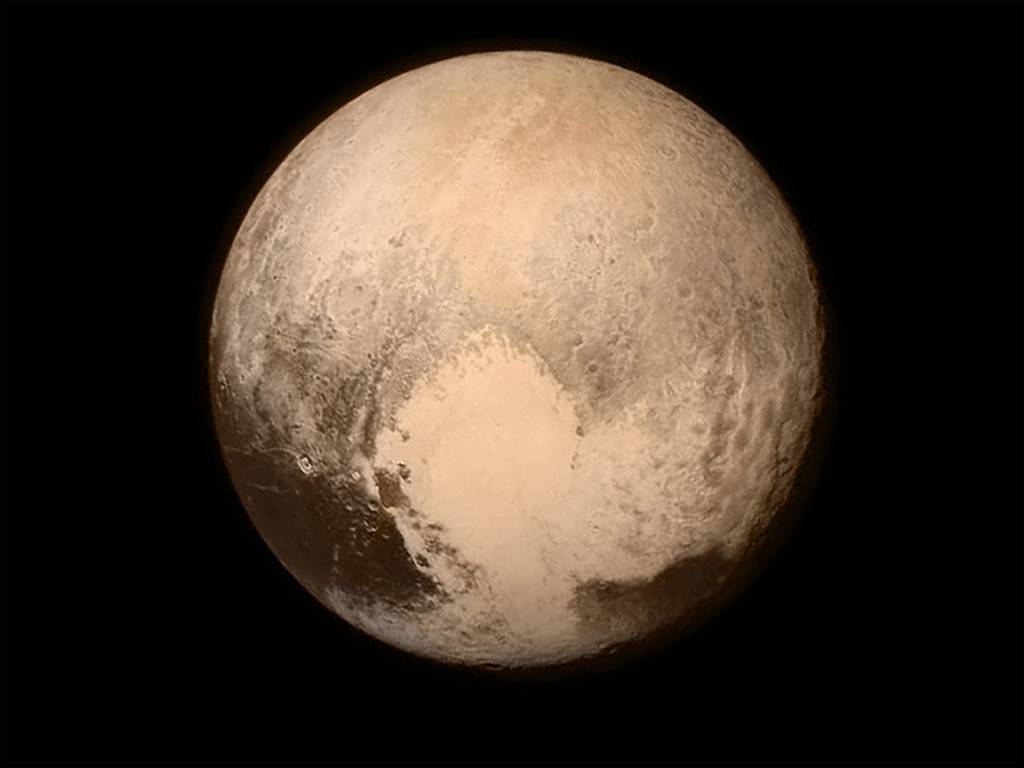In August of 2006 many were disappointed to hear the 9th Planet in our Milky Way Galaxy had been downgraded to the status of a “Dwarf Planet” by the International Astronomical Union. Some of the reasons for Pluto’s rejection from our local group ranged from disputes concerning the now dwarf planet’s size, shape, and orbit around the sun. But with NASA’s New Horizons spacecraft recent flyby of the dwarf planet, Pluto may be in for a upgrade.

Launched in January 2006 from Cape Canaveral Air Force Station in Florida, the New Horizons spacecraft began it’s 9 year journey to the furthest reaches of our solar system. On July 14, 2015 New Horizons made it’s closest pass by Pluto at only 7,800 miles. Tuesday at mission control located at Johns Hopkins University the New Horizon crew celebrated finally securing new data and revolutionary imagery of Pluto. According to Lead Scientist for the mission, Alan Stern, “It feels good,” said Stern “So many people put so much work into this around the country. We’ve completed the initial reconnaissance of the solar system, an endeavor started under president Kennedy.”
New Images of Pluto are “Spectacular”
The new images reveal terrain that “…is not easy to explain,” according to Jeff Moore, the leader of the New Horizons Geology, Geophysics and Imaging Team (GGI). Icy mountain ranges, icy plains, and evidence that would suggest the presents of volcanoes and geysers. The mountain ranges which are as vast as the Rockies have peaks reaching as high as 11,000 feet. “These mountains are quite spectacular,” according to scientist John Spencer, of the Southwest Research Institute. The mountains must be made of water ice since frozen methane and nitrogen would collapse upon itself at those elevations.
The icy plains, informally named after the Russian satellite the “Sputnik Planum” (Sputnik plain), show dark streaks a few miles long. These streaks are aligned in the same direction and may be the result of winds blowing across the icy surface. The plains are still young. They are believed to be only 100 million years old. It is thought that geological processes may still be underway which will continue to mold the developing icy region. New data also shows the dwarf planet to be larger than previously thought. At 1470 miles across the frozen world may be hiding more ice and less rock than believed in the past.

Will Pluto Get Another Chance?
Scientist will have a lot to keep them busy over the next year as New Horizons continues to beam new information back to Earth from the farthest reaches of our solar system. The next International Astronomical Union General Assembly is in the approaching month of August taking place on the island of Honolulu. My guess is there will be much talk about the planetary status of Pluto. During a live NASA TV interview on Tuesday Nasa’s chief administrator, Charles Bolden, said he hoped the scientific community would revisit the issue. “I call it a planet, but I’m not the rule maker.”














2 Comments